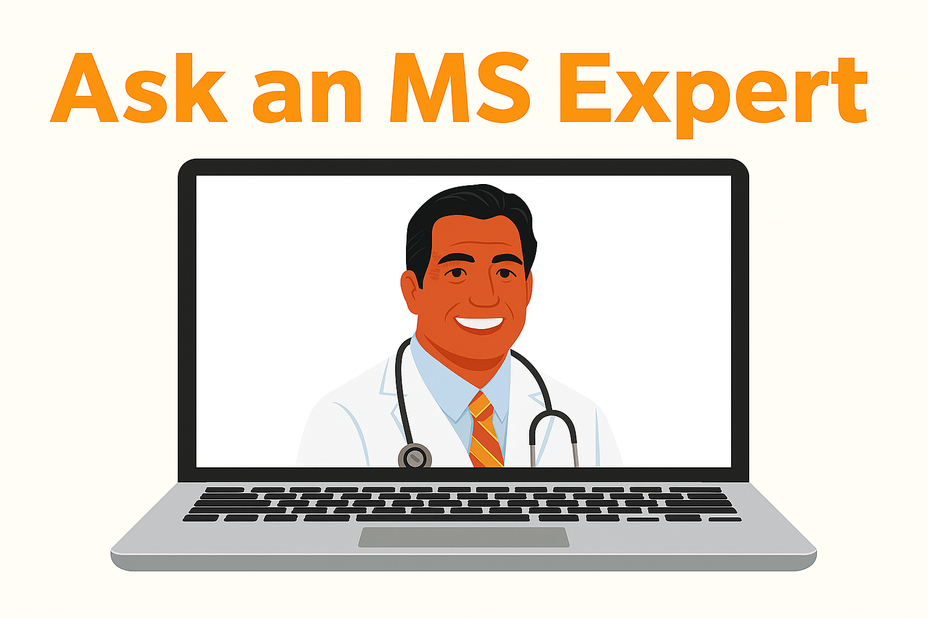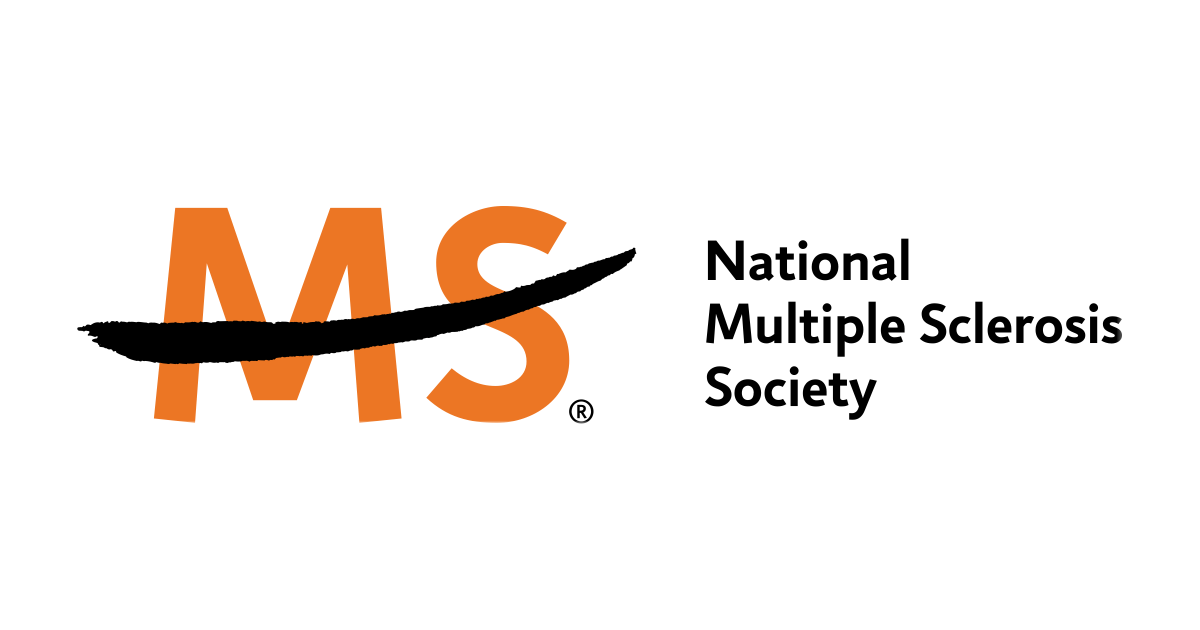All About High Support And Specialist Housing
All About High Support And Specialist Housing
High-support and Specialist Housing for people with disabilities in the United States includes a Section 811 Program for integrated, affordable housing with services. As well as Group Homes and Supervised Living that provides 24/7 staff support for daily living, and Section 8 Vouchers (NED) for private market rentals. Furthermore, it is important for everyone to know that these programs that are included in high support and specialist housing are often managed by non-profits like The Arc or Volunteers of America, connecting residents with Medicaid-funded services for various needs from mental illness to intellectual disabilities.


